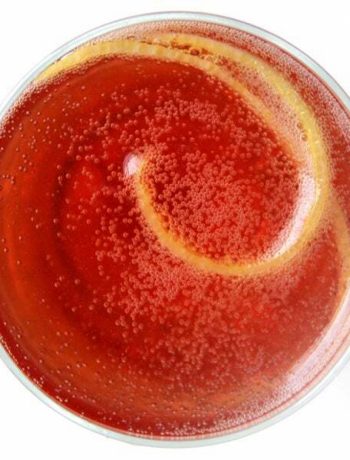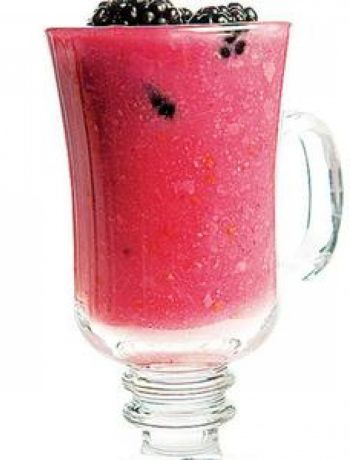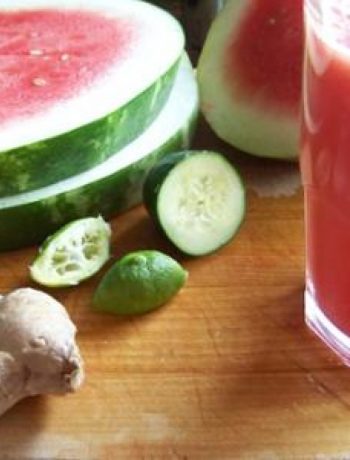
TipHow to Store Eggs
Eggs should keep a consistent and low temperature. This is best achieved by placing their carton in the center of your fridge. The eggs should also remain in their original packaging to avoid the absorption of strong odors. It is wise to follow the “best by” date to determine overall freshness, but eggs can be tested by simply dropping them into a bowl of water. Older eggs will float while fresh eggs will sink. This is due to the size of their air cells, which gradually increase over time. Cooked eggs have a refrigerator shelf life of no more than four days, while hard-boiled eggs, peeled or unpeeled, are safe to consume up to one week after they’re prepared.
Read More
1 of 3
Next: How to Cook Eggs
TipHow to Cook Eggs
The beauty of an egg is its versatility. Eggs can be cooked in a variety of ways. Here are some tips in accomplishing the four most common preparations. Scrambled: Whip your eggs in a bowl. The consistency of your scrambled eggs is a personal preference, though it seems like the majority of breakfast connoisseurs enjoy a more runny and fluffy option. In this case, add about ¼ cup of milk for every four eggs. This will help to thin the mix. Feel free to also season with salt and pepper (or stir in cream cheese for added decadence). Grease a skillet with butter over medium heat and pour in the egg mixture. As the eggs begin to cook, begin to pull and fold the eggs with a spatula until it forms curds. Do not stir constantly. Once the egg is cooked to your liking, remove from heat and serve. Hard-boiled: Fill a pot that covers your eggs by about two inches. Remove the eggs and bring the water to a boil. Once the water begins to boil, carefully drop in the eggs and leave them for 10-12 minutes. For easy peeling, give the eggs an immediate ice bath after the cooking time is completed. For soft-boiled eggs, follow the same process, but cut the cooking time in half. Poached: Add a dash of vinegar to a pan filled with steadily simmering water. Crack eggs individually into a dish or small cup. With a spatula, create a gentle whirlpool in the pan. Slowly add the egg, whites first, into the water and allow to cook for three minutes. Remove the egg with a slotted spoon and immediately transfer to kitchen paper to drain the water. Sunny Side Up/Over Easy/Medium/Hard: For each of these preparations, you are cracking an egg directly into a greased frying pan. For sunny side up, no flipping is involved. Simply allow the edges to fry until they’re golden brown. To achieve an over easy egg, flip a sunny side up egg and cook until a thin film appears over the yolk. The yolk should still be runny upon serving. An over medium egg is flipped, fried, and cooked longer until the yolk is still slightly runny. An over hard is cooked until the yolk is hard.
Read More
2 of 3
Next: How to Freeze Eggs
TipHow to Freeze Eggs
Eggs can easily be frozen, but instructions vary based on the egg’s physical state. As a general rule, uncooked eggs in their shells should not be frozen. They must be cracked first and have their contents frozen. Uncooked whole eggs: The eggs must be removed from their shells, blended, and poured into containers that can seal tightly. Uncooked egg whites: The same process as whole eggs, but you can freeze whites in ice cube trays before transferring them to an airtight container. This speeds up the thawing process and can help with measuring. Uncooked yolks: Egg yolks alone can turn extremely gelatinous if frozen. For use in savory dishes, add ⅛ teaspoon of salt per four egg yolks. Substitute the salt for sugar for use in sweet dishes and/or desserts. Cooked eggs: Scrambled eggs are fine to freeze, but it is advised to not freeze cooked egg whites. They become too watery and rubbery if not mixed with the yolk. Hard-boiled eggs: As mentioned above, it is best to not freeze hard-boiled eggs because cooked whites become watery and rubbery when frozen.
Read More
3 of 3
Next: How to Store Eggs
Making ice cream using a sous vide machine is a complete game changer. Not only do you get perfectly cooked custard without the risk of curdled yolks, it also takes almost no work to achieve: no tempering, no patient stirring over low, low heat, nada. Just drop the bag in the water and wait, and you’ll have perfect results. I can never get enough of homemade ice cream, so I’m including plenty of options in this chapter. Feel free to use this vanilla ice cream recipe as a blank canvas for all your ice cream–making endeavors. Vanilla does a great job of subtly enhancing the flavors of other complementary ingredients, but there are some instances where the flavors might clash. For this reason, I make vanilla an optional ingredient in the other ice cream recipes that follow. Other aromatic ingredients I like to use in lieu of vanilla are citrus zests; coffee beans; spices such as cardamom pods, ginger, cinnamon sticks, and coriander; and herbs such as mint, lemongrass, bay, basil, and thyme. Add these at your discretion when whipping up your own inspired creamy creations, and be sure to strain the custard to remove any coarse bits before pouring it into the ice cream machine. You can also make any fruit-flavored ice cream by swapping out some of the milk for a juice or puree. Feeling boozy? Up to 2 tablespoons of nearly any alcoholic beverage can be stirred into the base after chilling. Some of my favorites are Cognac, amaro, Grand Marnier, amaretto, and crème de cassis. The only ingredient I wouldn’t recommend you omit is the honey (or corn syrup), as it greatly improves the texture of ice cream because the glucose helps prevent the formation of larger ice crystals, resulting in a smoother end product.
Ingredients:
- 6 large egg yolks
- ¾ cup sugar
- 1 tablespoon honey or light corn syrup
- 1 vanilla pod, split lengthwise and seeds scraped, or 1 teaspoon vanilla extract
- Pinch of salt
- 1½ cups whole milk
- 1½ cups heavy cream
- 2 tablespoons bourbon
Instructions:
- The cooked base can be refrigerated for up to 1 week before freezing.
- Preheat your sous vide water bath to 85°C (185°F).
- In a large bowl, whisk together the egg yolks, sugar, honey, vanilla seeds (or extract), and salt until thoroughly combined. Whisk in the milk and cream, then add the vanilla pod, if using.
- Pour this ice cream base into a gallon-size freezer-safe ziplock bag and seal using the water displacement or table-edge method (see page 12). I recommend the latter method for recipes with a relatively large amount of liquid.
- When the water reaches the target temperature, lower the bagged ice cream base into the water bath (making sure the bag is fully submerged) and cook for 1 hour.
- When the base is ready, transfer the bag to an ice water bath (see page 14) and chill for at least 45 minutes, or refrigerate the bag for at least 6 hours. Either way, the ice cream base must be fully chilled before freezing.
- When ready to freeze, pass the ice cream base, which has now thickened to a custard, through a sieve and remove the vanilla pod (if used). Freeze the custard base in an ice cream machine according to the manufacturer’s instructions or freeze without an ice cream machine as directed below.
- Transfer the ice cream to an airtight freezer-safe container and place in the freezer. Because it lacks the stabilizers used in many commercial varieties, the texture of homemade ice cream is best if stored for no more than 1 week.
- I learned this hack from the formidable food scientist Harold McGee. In a large container, mix together 1 pound salt and 3 quarts water, stirring until the salt dissolves. Split the brine equally between two new gallon-size ziplock bags. Lay the bags flat in the freezer and freeze overnight.
- The next day, lay a kitchen towel on a countertop and sandwich the bag of chilled ice cream custard base between the bags of brine that spent overnight the freezer. (The brine will be below 32°F, but the salt will prevent the water from forming ice crystals.)
- Cover with additional kitchen towels to insulate. Leave the covered bags on the counter for about 30 minutes, at which point the ice cream base should be frozen. Be sure to save the bags of brine in the freezer for future sous vide ice cream adventures! If desired, transfer the ice cream to an airtight freezer-safe container for easier scooping.
- Share on Facebook
- Share on Reddit
- Save (0)




No Comments